Golf is a game of precision, skill, and knowledge. One of the most crucial elements you’ll encounter on the course is ball speed, particularly when it comes to using your driver. Understanding the optimal ball speed can significantly enhance your performance, and in this article, we will explore what constitutes a good ball speed for a driver, how it affects your game, and the steps you can take to improve it.
What Is Ball Speed?
Ball speed is the speed at which the golf ball leaves the clubface after impact. Measured in miles per hour (mph), this figure plays a vital role in determining how far your ball will travel.
In general, higher ball speeds lead to longer drives, making it essential for golfers to understand what a good ball speed is and how they can achieve it.
Why Ball Speed Matters
- Distance: One of the primary reasons golfers seek higher ball speeds is to achieve greater distance. The further the ball travels, the better your chances of reaching the green with fewer strokes.
- Performance: Consistent ball speed can improve your overall game. If you can achieve a faster speed, especially under different course conditions, your performance will likely improve.
- Trajectory: Ball speed affects the launch angle of your shots. A higher speed can lead to a more favorable trajectory, contributing to a better landing.
What is Considered a Good Ball Speed for Driver?
The question on everyone’s mind is, “What is a good ball speed for my driver?” While this can vary based on an individual’s skill level, club specifications, and swing mechanics, here are some general benchmarks:
Average Ball Speeds by Skill Level
| Skill Level | Average Ball Speed (mph) |
|---|---|
| Beginner | 80-90 |
| Intermediate | 90-110 |
| Advanced | 110-125 |
| Professional | 125+ |
Key Factors Influencing Ball Speed
- Club Head Speed: Essentially, club head speed and ball speed are closely related. A faster swing typically results in increased ball speed.
- Impact Conditions: The way you strike the ball, including the angle of attack and face angle, affects the launch conditions.
- Equipment Quality: Different drivers are designed to generate various ball speeds; some might benefit from newer technology.
- Condition of the Ball: The type and condition of the golf ball you use can have a surprising influence on ball speed and distance.
 Golf ball in flight after driver impact
Golf ball in flight after driver impact
How to Measure Your Ball Speed
If you want to know how your ball speed stacks up against industry standards, consider measuring it with launch monitors or taking advantage of your local golf shop’s fitting tools. These devices give you precise readings and can help you adjust your technique accordingly.
Tips to Improve Your Ball Speed
Increasing your ball speed is all about enhancing your swing mechanics and finding the right equipment. Here’s how you can boost your performance:
- Optimize Your Technique: Engage in lessons with a golf professional, who can pinpoint inefficiencies in your swing.
- Strength Training: Incorporate strength training focusing on your core and legs, as these can create a more powerful swing.
- Use the Right Equipment: Ensure that your driver fits your swing and skill level. Check your grip, loft, and shaft flex.
- Increase Swing Speed: Work on exercises that improve your flexibility and increase your swing speed.
- Warm-Up Properly: Engage in a warm-up routine that includes dynamic stretching and practice swings to prepare your body for the game.
 Golfer practicing swing on driving range
Golfer practicing swing on driving range
Understanding Driver Loft and Its Influence on Ball Speed
The loft of the driver plays a critical role in determining your ball speed and resulting distance. Here’s how it breaks down:
- Higher Loft (10.5 to 12 degrees): Ideal for beginners, generating more height and slower ball speed but reasonable distance.
- Moderate Loft (9 to 10.5 degrees): Suitable for intermediate and advanced players, striking a balance between ball speed and trajectory.
- Lower Loft (8 to 9 degrees): Preferred by professionals who can achieve higher speeds, leading to optimal distance and accuracy.
Common Myths About Ball Speed
Here are some common misconceptions related to ball speed:
- More Speed Equals More Distance: While speed does influence distance, other factors like launch angle and spin rate are equally important.
- All Drivers Are The Same: Different drivers offer varied technologies that can optimize ball speed for individual golfers.
- Technological Advances Are Unnecessary: Upgrading to better technology can significantly impact your performance metrics, including ball speed.
 Comparison of golf driver club heads
Comparison of golf driver club heads
Key Takeaways
- Ball speed is measured in mph and is critical for distance and overall performance.
- Average ball speeds vary by skill level: 80-90 mph for beginners and 125+ mph for professionals.
- Improve your ball speed through technique optimization, strength training, and correct equipment.
- Consider the driver loft to suit your game style for better ball speed and accuracy.
- Understand that speed isn’t the only factor influencing distance; launch conditions and spin rates matter as well.
Frequently Asked Questions (FAQ)
-
What is the average ball speed for amateur golfers?
- The average ball speed for amateur golfers typically ranges from 90 to 100 mph.
-
How does swing speed affect ball speed?
- Generally, a faster swing speed leads to a higher ball speed; however, striker efficiency also plays a pivotal role.
-
What is the best driver loft for maximum ball speed?
- The best driver loft can vary; generally, a loft of around 9-10.5 degrees works well for intermediate to advanced players.
-
Can using a different ball affect my ball speed?
- Yes, the type of golf ball can impact ball speed. High-compression balls generally provide higher speeds.
-
Do I need to change drivers to increase ball speed?
- Not necessarily; improving your swing mechanics may yield better results than changing clubs.
-
Are launch monitors necessary for measuring ball speed?
- While launch monitors provide the most precise measurements, simpler tools like the TrackMan can also give you a good estimate.
-
Is it possible to have high ball speed but low distance?
- Yes, if the launch angle is too low or there’s excessive spin, you might have high ball speed but limited distance.
-
How often should I test my ball speed?
- Regular testing is advisable, ideally after any significant changes to technique, fitness, or equipment.
-
How can club fitting help improve my ball speed?
- Club fitting optimizes the driver specifications to match your swing characteristics, which can lead to better ball speed.
-
What drills can I do to increase my swing speed?
- Drills like the oorangers, med ball throws, and plyometric exercises can help improve your swing speed effectively.
Conclusion
Understanding what constitutes a good ball speed for a driver is crucial for golfers who want to enhance their performance. By focusing on swing improvement, appropriate equipment, and exercise, you can achieve greater distances and ultimately enjoy your time on the course even more. Remember, golf is as much about precision as it is about power.
 Golfer celebrating successful shot on the green
Golfer celebrating successful shot on the green
By following these insights and tips, you’ll be better positioned to achieve your golfing goals!

 Professional Golfer Playing Short Game
Professional Golfer Playing Short Game Golfer Performing Strength Training Exercises
Golfer Performing Strength Training Exercises Golfers Celebrating Victory on Course
Golfers Celebrating Victory on Course
 Golfer preparing for approach shot
Golfer preparing for approach shot
 Golf starter welcoming golfers
Golf starter welcoming golfers
 Rancho Santa Fe Golf Clubhouse
Rancho Santa Fe Golf Clubhouse Rancho Santa Fe Golf Membership Event
Rancho Santa Fe Golf Membership Event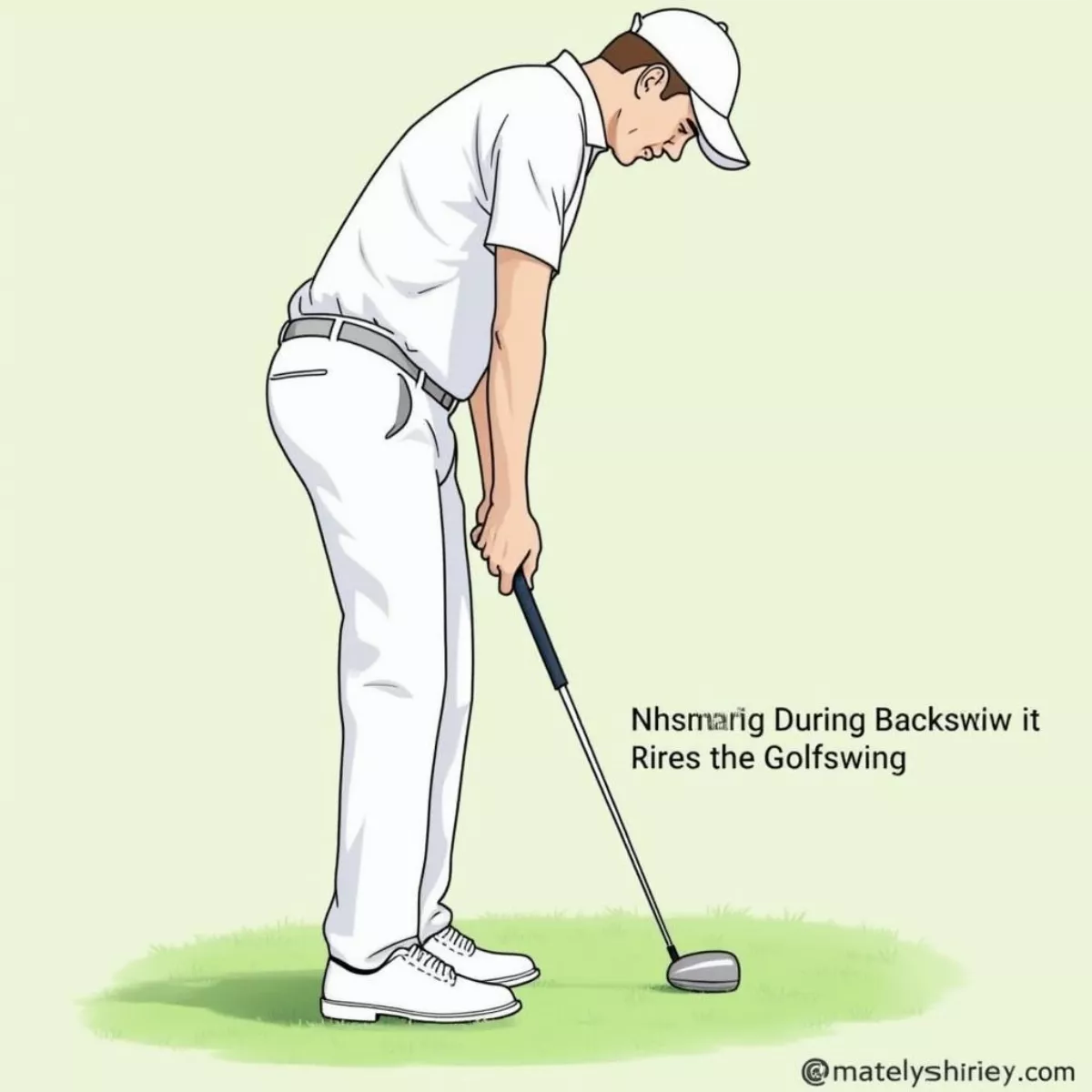
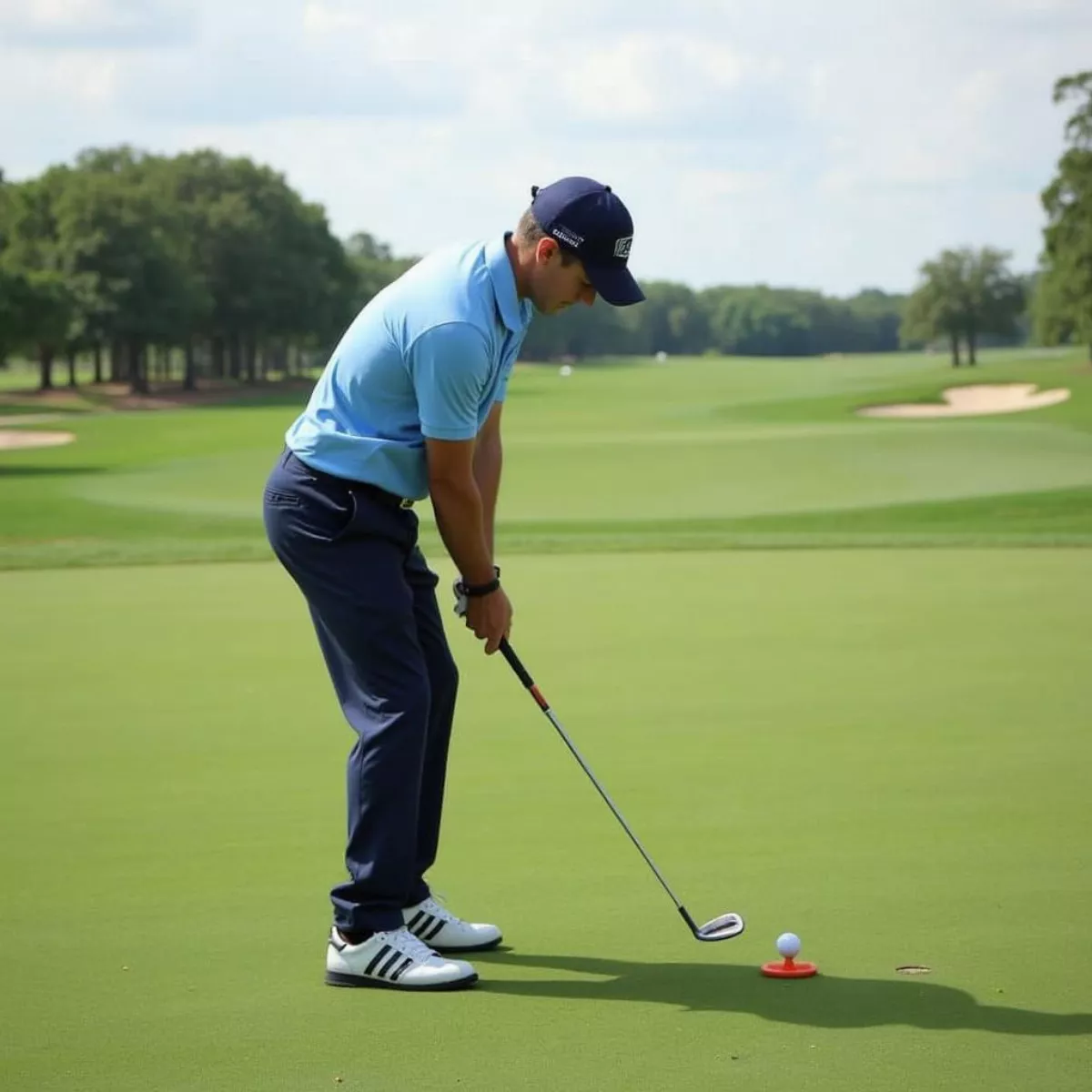 Golfer chipping ball onto green
Golfer chipping ball onto green Golf ball resting in rough near green
Golf ball resting in rough near green
 Image of misleading sale sign
Image of misleading sale sign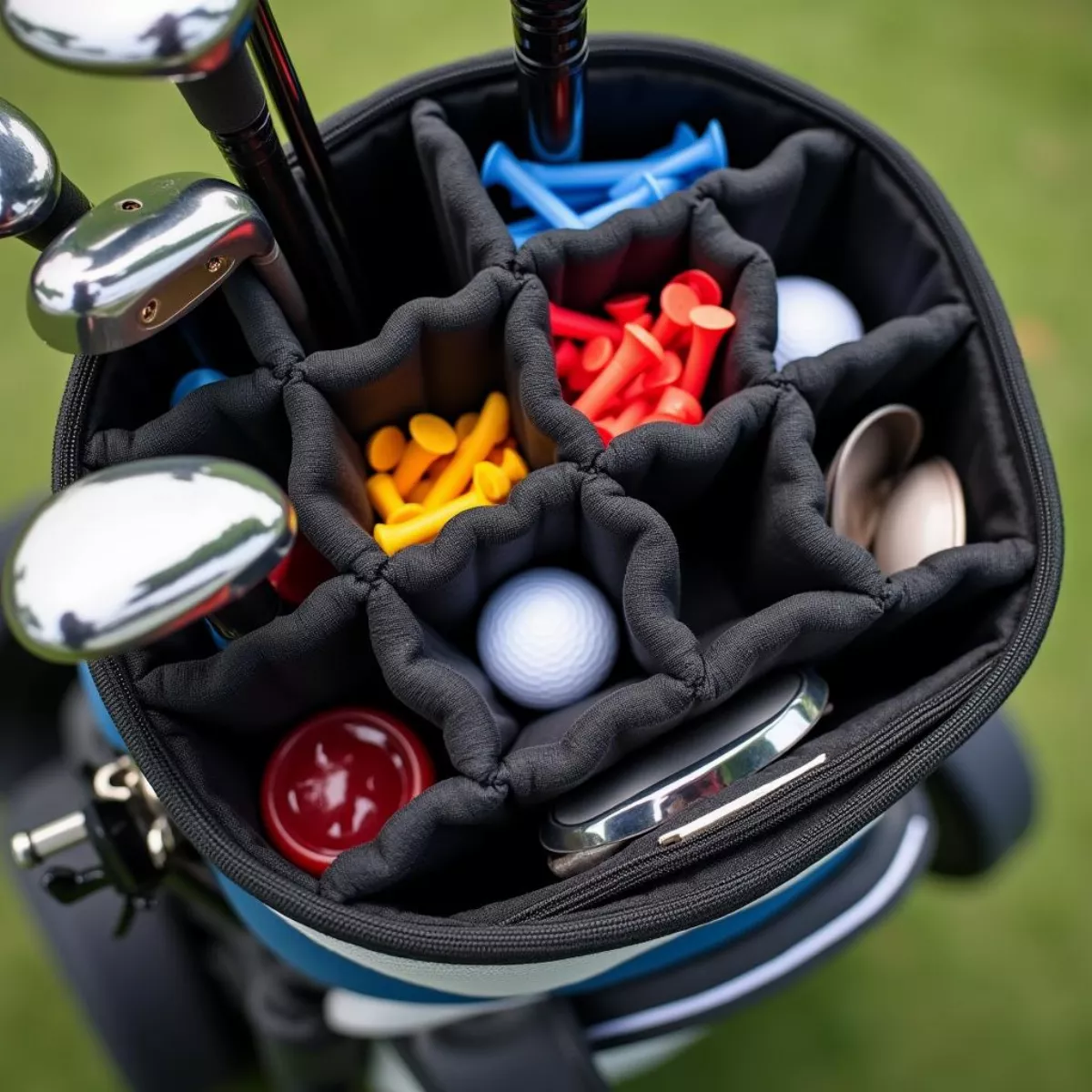
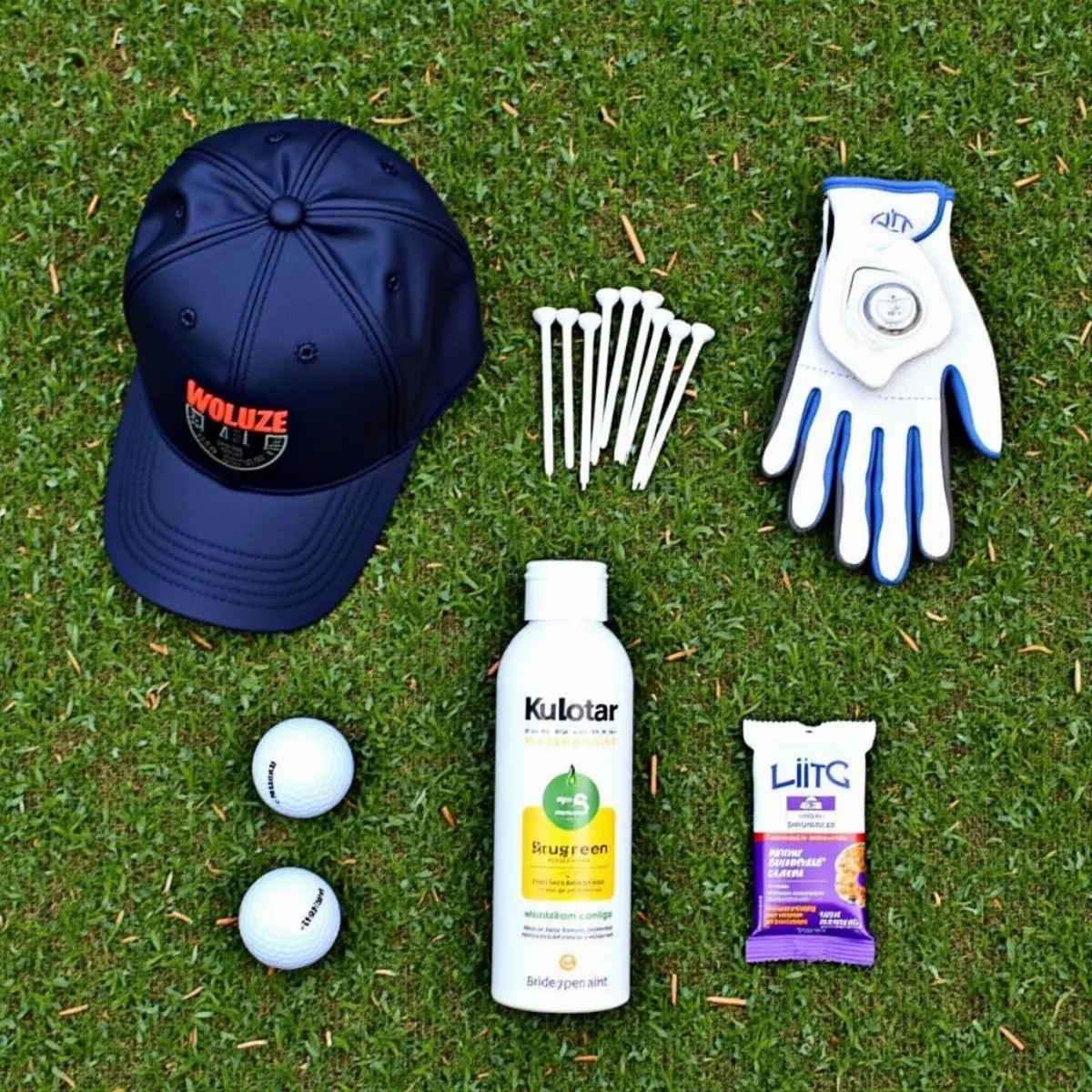 Golf Course Essentials
Golf Course Essentials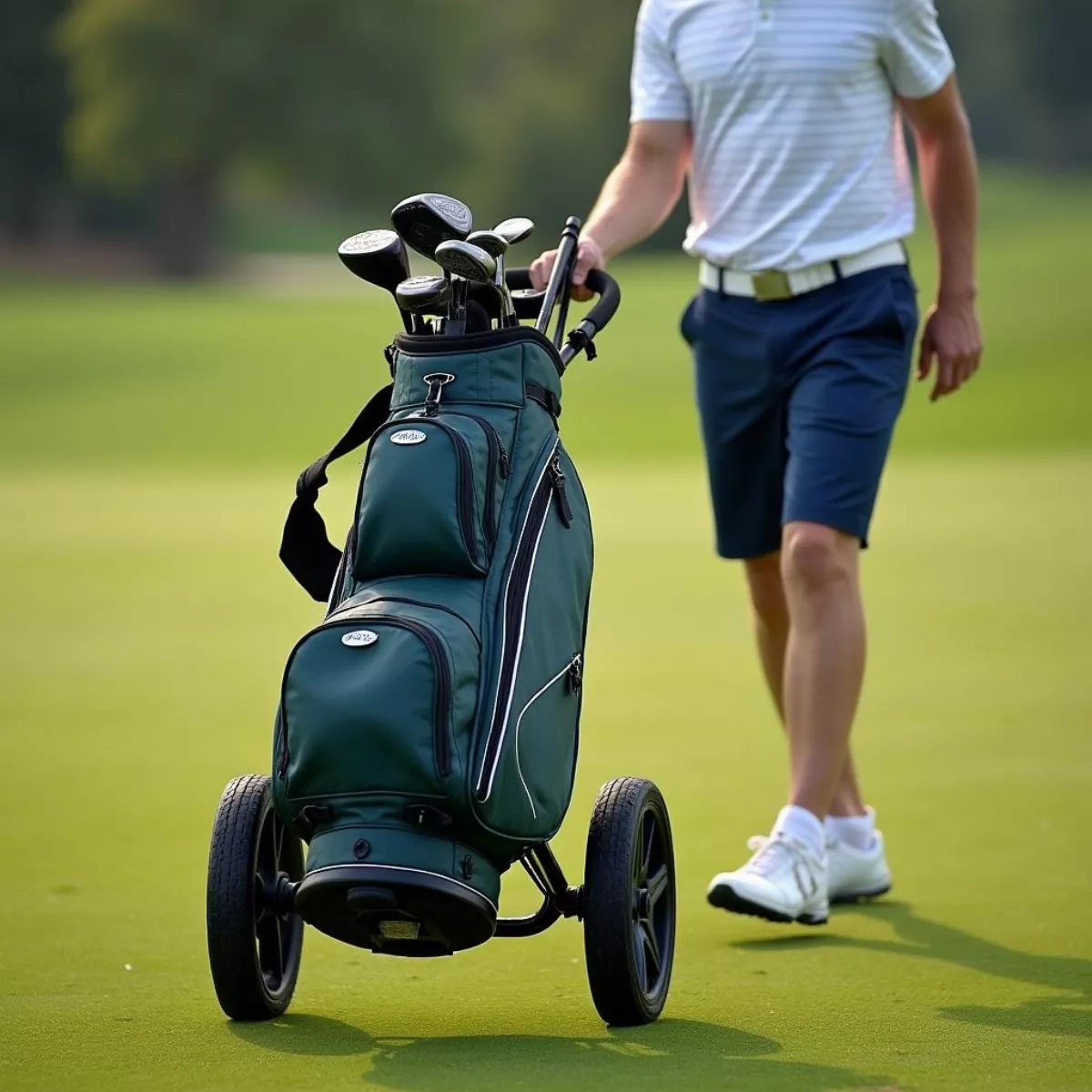 Golf Bag on Course
Golf Bag on Course
 Pie Chart Representing 80% of 6
Pie Chart Representing 80% of 6
 Golfer Using Driver with High Tee
Golfer Using Driver with High Tee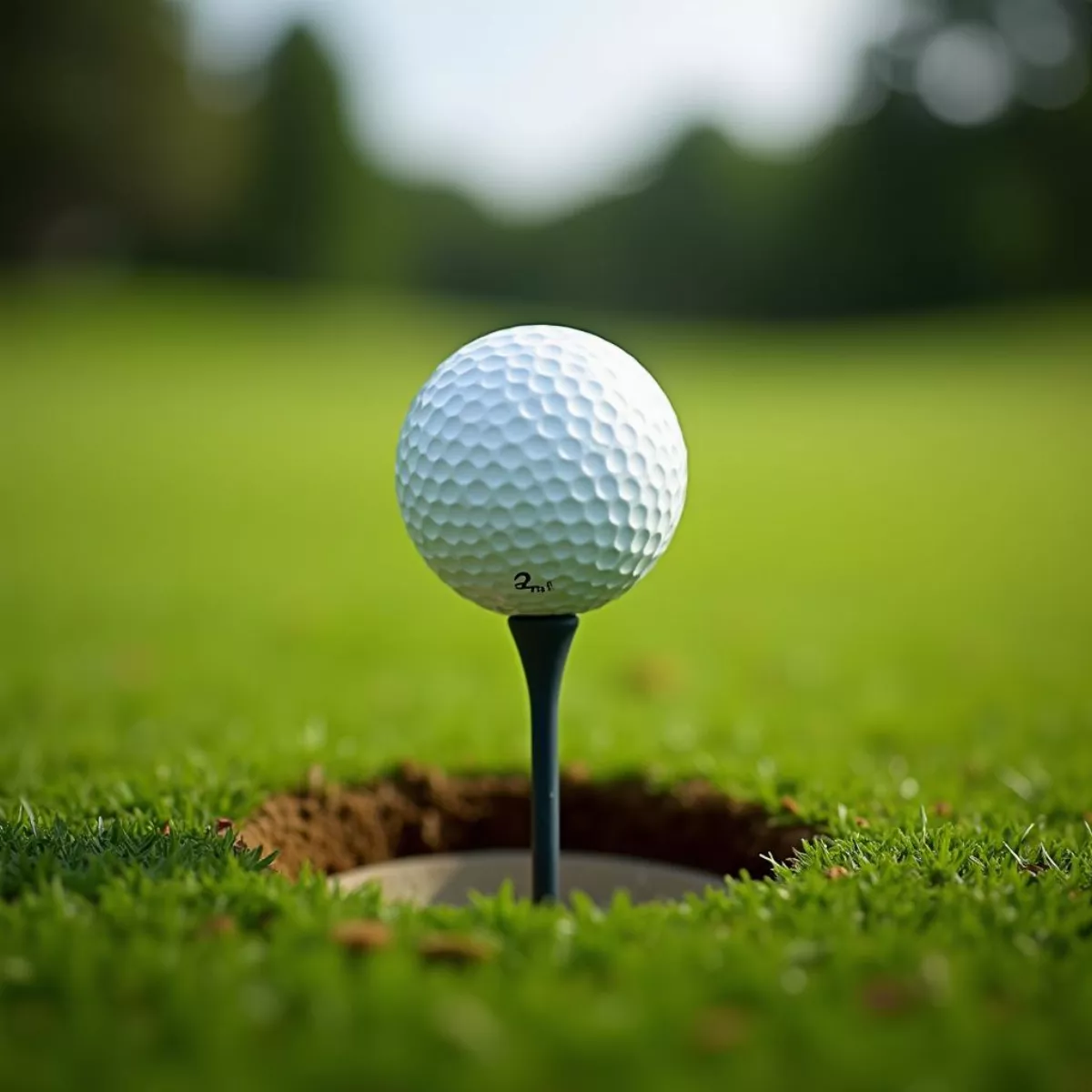 Golf Tee Ready for Shot
Golf Tee Ready for Shot